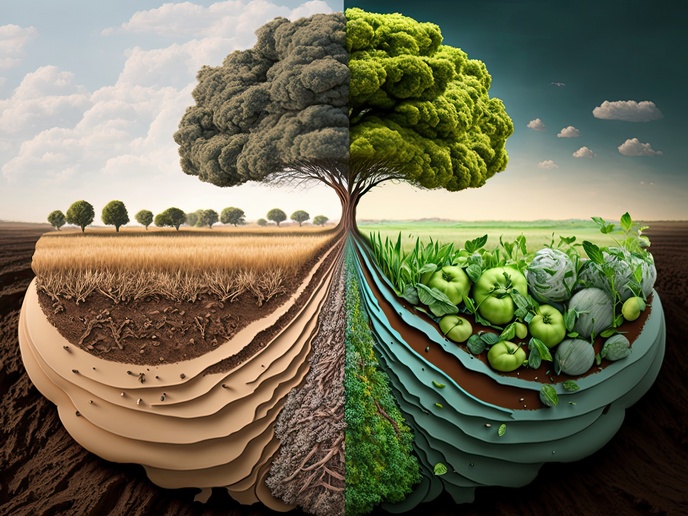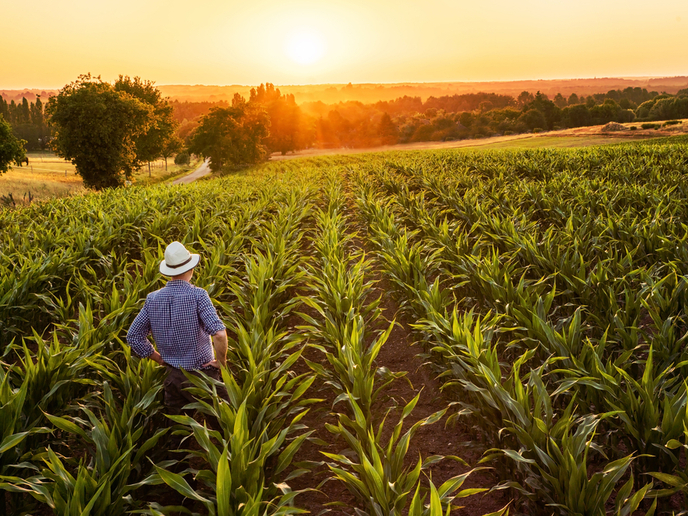Remote sensing methods to quantify crop and grassland health
Given the importance of photosynthetic pigments in absorbing solar energy, scientists want to improve the means to remotely monitor them. Devising remote sensing techniques to measure vegetation health via pigment content and composition will lead to greater understanding of photosynthetic processes. It will also provide insight into the detection and monitoring of the status and health of vegetation from field to global levels. The EU-funded VEGHEALTH (Remote estimating vegetation health) project set out to create a prototype satellite-based vegetation pigment product to accurately estimate pigment content and composition that will be easy to implement. Project partners developed and validated non-destructive methods for estimating the contents of chlorophylls, carotenoids and anthocyanins. Results show that simple inexpensive radiometers were able to accurately estimate foliar pigment content and composition in the field. The estimation does not require re-parameterisation for different species. The VEGHEALTH team developed a new model capable of estimating the contents of all three pigments. Experiments reveal that the models accurately predicted leaf pigments. Another model was applied to measure crop chlorophyll and carotenoid content, green leaf area index, biomass, yield and gross primary production. Models for biophysical characteristics estimation were tested over maize, soybean, potato and wheat crops in the Netherlands, Israel and Japan, as well as in grasslands in Italy. Findings indicate that the models did not require re-parameterisation for these crops and grassland species. Researchers applied the techniques to satellite data in order to assess uncertainties in pigment content estimation and to test the prototype. The remote sensing techniques developed by VEGHEALTH for estimating pigment content in crops and grasslands have widespread applications. They will assist physicists, modellers and meteorologists in climate and weather modelling. Biologists can employ them for photosynthesis and production models, while agronomists can better monitor crop status and understand the role of pigments in crop production. Decision-makers will also make more informed choices in the local, regional and global monitoring of crop and grassland conditions.







